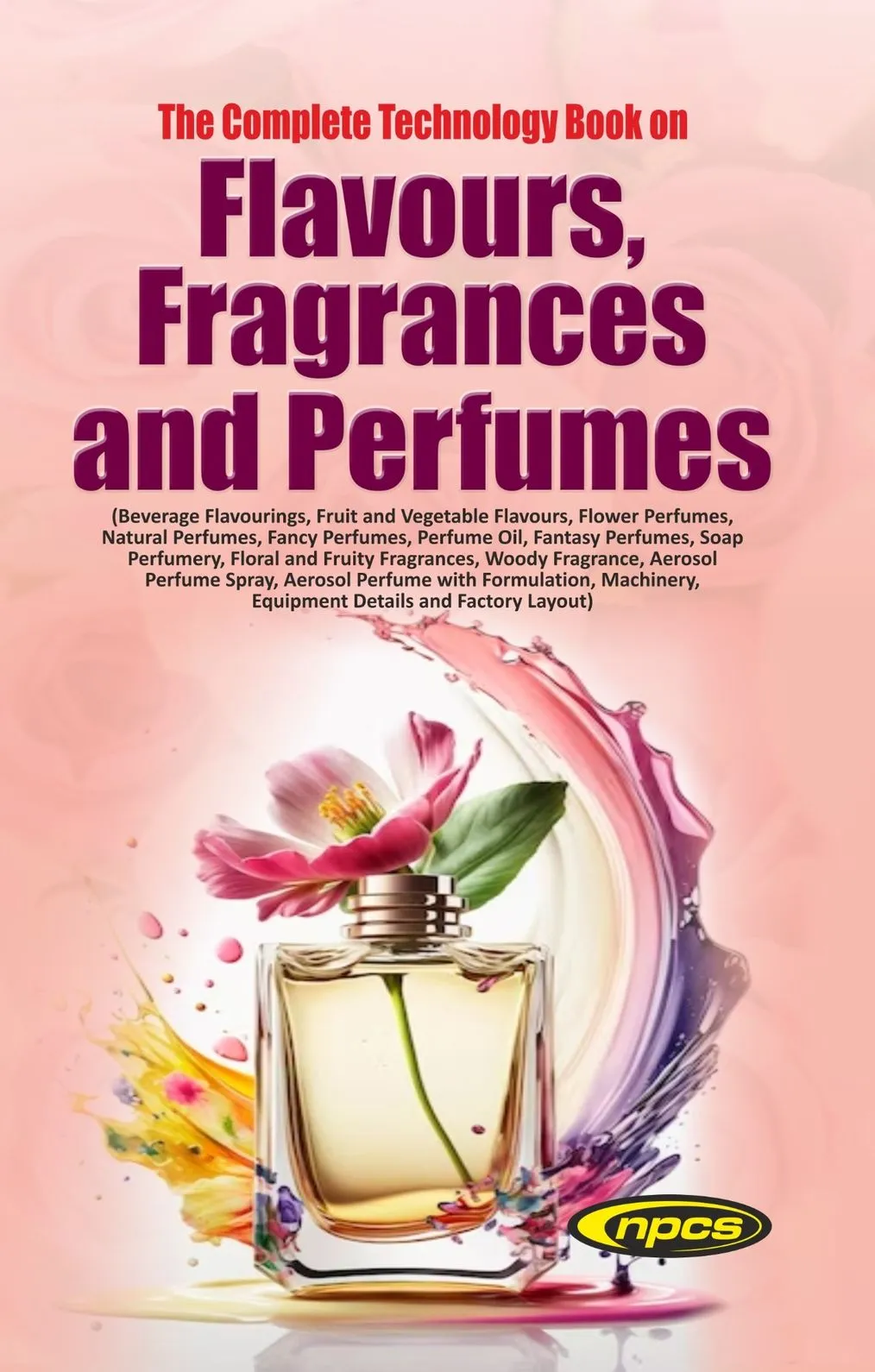Flavours, as the name suggests, refer to the sensory experiences we encounter through taste. From the zesty burst of lemon in a refreshing drink to the rich, smoky flavors in our favorite barbeque sauce, flavors enhance our culinary adventures. They are created using a combination of natural and synthetic compounds carefully blended to excite our taste buds.
Moving on to fragrances, they encompass the scents we encounter through our sense of smell. Think of the fresh, floral aroma of a bouquet of roses or the comforting, warm notes of vanilla in a scented candle. Fragrances are carefully crafted using a mixture of essential oils, aromatic compounds, and fixatives to create captivating scents that can transport us to another world.
Perfumes indeed elevate the experience of fragrances. They artfully mix various aromatic compounds to form distinctive scents, encapsulated in different forms like eau de toilette and parfum. The power of perfume lies in its ability to stir emotions, boost confidence, and create a memorable impact on people in its vicinity.
The global flavors and fragrances market was valued at USD 29.98 Billion, increasing at a CAGR of 4.90% and anticipated to reach USD 48.37. The flavors and fragrances market explains that the increasing demand for cosmetics products such as soaps, make-up equipment, and perfumes is flourishing the demand for flavors and fragrances. The global perfume market size was valued at USD 45.85 billion and is projected to grow from USD 48.05 billion to USD 69.25 billion, exhibiting a CAGR of 5.36%. Perfumes are generally composed of fragrances and various oils to give out a pleasant aroma. The increasing demand for beauty products across the globe is accelerating the beauty industry. This, in turn, is expected to drive the perfume market growth.
This book offers comprehensive insights into various fragrance-related topics including Beverage Flavorings, Fruit and Vegetable Flavours, Flower Perfumes, Production of Natural Perfumes, Miscellaneous Fancy Perfumes, Perfume Oils, Fantasy Perfumes, Soap Perfumery, Floral and Fruity Fragrances, Woody Fragrance, Aerosol Perfume Spray and Aerosol Perfume. The Formulation, Process, Machinery, Equipment Details, and Photographs with Suppliers Contact Details are also given.
A detailed guide on the manufacturing and entrepreneurship of Flavours, Fragrances and Perfumes sector. This book serves as a one-stop shop for everything you need to know about the Flavours, Fragrances and Perfumes industry, which is rife with opportunities for start-ups, manufacturers, merchants, and entrepreneurs. This is the only book on the production of commercial Flavours, Fragrances and Perfumes. It's a veritable feast of how-to information, from concept through equipment acquisition.


